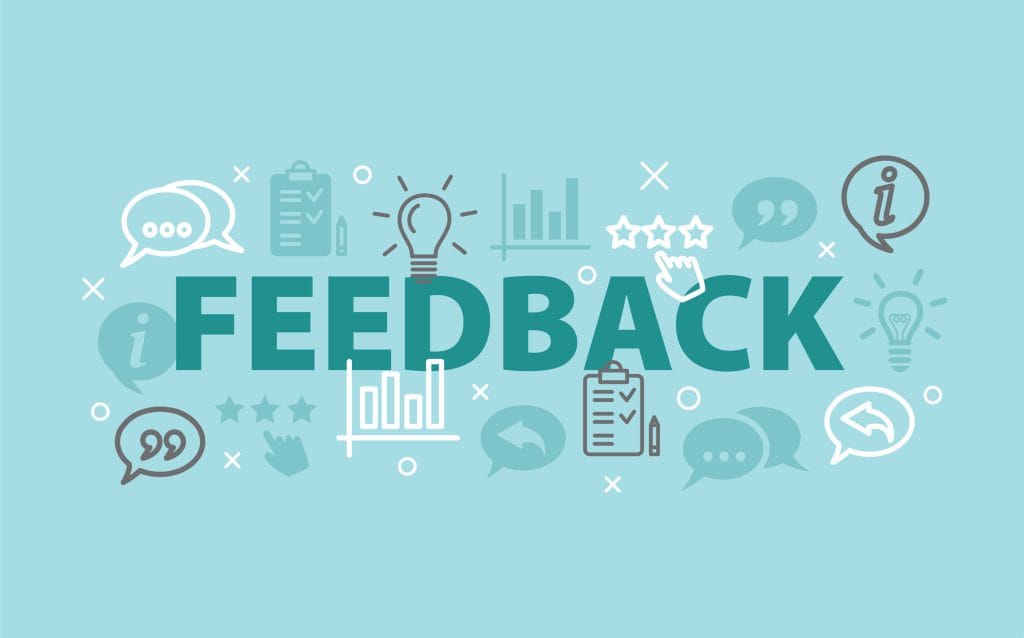
As your company grows, so does the number of people asking questions and commenting on your product growth. In the business world, feedback from customers, team members, and stakeholders is invaluable. Although it’s never easy to take criticism after dedicating so much time, effort, and money to a product, it can help you make a product better. The feedback you get enables you to understand what your customers want, what you have been doing wrong, and what needs improvement.
Over the years, companies relied on face-to-face interviews to get vital feedback. But today, technology has gifted us with more flexibility and options when it comes to gathering feedback. You don’t have to depend on pen and paper, tablets, or feedback kiosks to get people’s responses. A simple software tool is all you need. Trello is a versatile project management tool that you can deploy to collect useful feedback. And the good news is, Trello functionalities can be improved further with advanced tools like Bridge24 for Trello.
Bridge24 for Trello enables teams to export feedback data collected on Trello and create detailed and interactive reports in high-quality printable formats that can be analyzed to improve product deliverability and customer experiences.
Why Feedback is Essential
Although deadlines motivate us to deliver projects on time, they sometimes make us deliver low-quality work. For instance, when a team is working on a project that has a strict due date, and there are stakeholders whose feedback on the project is vital to the final product, the team may be tempted to skip the part of collecting feedback from the stakeholders to beat the deadline. Yet, skipping the critical feedback process could lead to a product that doesn’t meet the expected standards, forcing the team to go back to the drawing board. Therefore, feedback is essential along the way of the completion of a project.
Combining Trello with Power-Ups to Get Useful Feedback
Although Trello is a powerful and excellent tool, its capabilities are not unlimited. This app can help you collect feedback on projects involving small teams, but the process can get overwhelming when managing numerous stakeholders. To avoid missing useful feedback and taking too much time analyzing responses, you can combine Trello with the Includer integration to enhance its capabilities. This Power-Up will help you keep your project moving forward and also allow you to receive useful feedback continuously.
The Includer Power-Up
Includer allows teams working on projects to gather crucial insights and feedback from stakeholders. When integrated with Trello, this versatile application enables teams, customers, and stakeholders to communicate seamlessly in a wide array of project scenarios. With it, you can ask for people’s opinions regarding a particular decision.
What makes Includer an excellent tool is how it organizes feedback and brings structure to discussions. Each item that is being discussed gets its own feedback. Instead of arranging meetings every now and then to get stakeholder feedback, Includer allows project participants to conveniently share feedback whenever available and without leaving Trello. This helps teams move faster without waiting until the day a meeting will be convened.
How Trello and Includer can be Useful to Your Workflow
Prioritizing Tasks
Trello is a proven tool when it comes to tackling backlogs. With it, you can create a new card for each idea, complete with screenshots and details to ensure you don’t forget a particular task. However, if the number of backlogs piles, it becomes hard to decide what to work on first and what can wait. Combining Trello with Includer allows you to get well-organized and easy to visualize feedback from stakeholders, helping you know what to act on first.
Brainstorming Online
Includer allows project participants to give useful comments or propose solutions to problems. This means that you don’t have to hold physical meetings to hatch new ideas. Any connected member can make suggestions from wherever they are. When you encounter a challenge, you just need to create a new Includer session, place it in the relevant card, and the members start offering suggestions. This helps the team generate fresh ideas faster and saves the resources needed to plan a meeting.
The Four Elements of a Feedback Loop that Uses Trello
- Feedback Channels – These comprise of the ways teams reach out to product users. They include emails or social media sites like Facebook, Twitter, and Instagram. Customers provide feedback from here; therefore, teams should aim to make it easier for them to respond, e.g., through easy clicks.
- Trello Boards – All customer input from various channels is housed in a Trello board. It’s categorized in different lists. If its the feedback of a software product, you can have lists on your board like: ‘Bugs,’ ‘Feature Requests,’ and ‘Insights.’ If a user gives feedback that falls in any of these categories, a new feedback card is placed on the relevant list.
- Customer Success Team Sessions – Here, team members come together to discuss which feedback is doable, helpful, or important.
- Proper Organization – The urgent feedback is added to the backlog, the relevant one is kept in the list, and the unhelpful one archived.
Wrapping Up
Trello is an excellent tool that allows teams to gather helpful feedback with much ease. Even better, it can be combined with Power-Ups like Includer to help project teams manage stakeholder requests and concerns better. There are a variety of Trello integrations that can help you improve your feedback management process. Try Bridge 24 for Trello to export your cards and create interactive charts and graphs for your reporting needs.
Leave A Comment